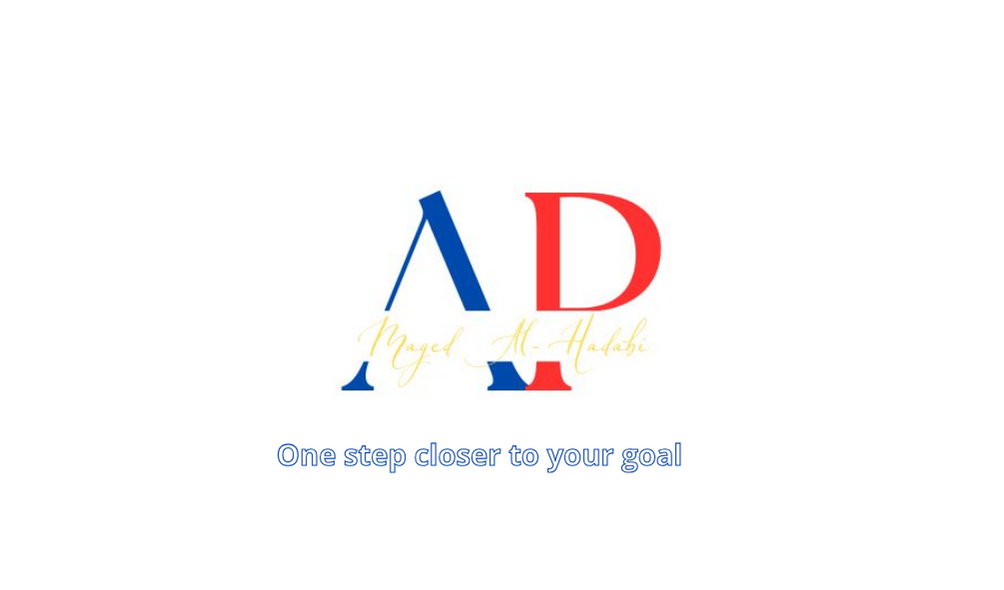
As per ICAO Requirement (Annex 19), States are required to establish and implement two sets of provisions, these were the eight critical elements (CEs) of a State’s safety oversight (SSO) system and the four components of a state safety program (SSP).
The safety oversight aspect reflected the traditional role of the State, which is to ensure the effective implementation by the aviation industry of prescriptive ICAO Standards and Recommended Practices (SARPs), while the SSP represented the incorporation of safety management principles.
The critical elements (CEs) of a State safety oversight (SSO) system form the foundation of the SSP.
In this article, I will give you an idea about the eight critical elements (CEs) of a State safety oversight (SSO) system.
{getToc} $title={Table of Contents}
State’s Aviation Safety Oversight System
Safety oversight is a State’s responsibility, it is a function by which States ensure effective implementation of the following:
- ICAO Standards and Recommended Practices (SARPs)
- The critical elements of a safety oversight system
- The associated procedures contained in the Annexes to the Convention on International Civil Aviation and related ICAO documents
ICAO's Universal Safety Oversight Audit Programme (USOAP)
ICAO's Universal Safety Oversight Audit Programme (USOAP) was initially launched in January 1999, in response to widespread concerns about the adequacy of aviation safety oversight around the world.
Initially, USOAP activities consisted of regular and mandatory audits of ICAO Member States' safety oversight systems.
The objective of the USOAP is to promote global aviation safety by auditing the Contracting States, regularly, to determine States’ capability for safety oversight by assessing the effective implementation of the critical elements of a safety oversight system and the status of States’ implementation of safety-relevant ICAO SARPs, associated procedures, guidance material, and safety related practices.
8 Critical Elements (CE) of a State Oversight System
There are eight critical elements that ICAO considers essential for a State to establish, implement and maintain to have an effective safety oversight system.
Critical Element (1) - Primary Aviation Legislation
The establishment of civil aviation legislation that supports the State’s civil aviation system and regulatory functions, in compliance with the Convention on International Civil Aviation (Chicago Convention).
Critical Element (2) - Specific operating regulations
The provision of adequate regulations to address, at a minimum, national requirements emanating from the primary aviation legislation and providing for standardized operational procedures, equipment, and infrastructures (including safety management and training systems), in conformance with the ICAO Standards and Recommended Practices (SARPs) contained in the Annexes to the Convention on International Civil Aviation.
Critical Element (3) - State’s Civil Aviation System and Safety Oversight Functions
The establishment of a Civil Aviation Authority or Authorities with safety regulatory functions, objectives, and safety policies, provided with sufficient financial resources and qualified staff.
Critical Element (4) - Technical Personnel Qualification and Training
The establishment of minimum requirements for knowledge and experience of the technical personnel performing safety oversight functions and the provision of appropriate training to maintain and enhance their competency at the desired level. The training should include initial and recurrent (periodic) training.
Critical Element (5) - Technical guidance, tools, and the provision of Safety critical information
The provision of technical guidance (including processes and procedures), tools (including facilities and equipment), and safety-critical information, as applicable, to the technical personnel to enable them to perform their safety oversight functions per established requirements and in a standardized manner.
This includes the provision of technical guidance by the oversight authority to the aviation industry on the implementation of applicable regulations and instructions.
Critical Element (6) - Licensing, Certification, Authorization, and Approval Obligations
The implementation of systems to ensure that personnel and organizations performing an aviation activity meet the established requirements before they are allowed to exercise the privileges of a license, certificate, authorization, and/or approval.
Critical Element (7) - Surveillance Obligations
The implementation of a continuous surveillance program consisting of inspections and audits to ensure that aviation license, certificate, authorization, and/or approval holders continue to meet the established requirements and functions at the level of competency and safety required by the State.
Critical Element (8) - Resolution of Safety Concerns
The implementation of processes and procedures to resolve identified deficiencies impacting aviation safety, which may have been residing in the system, and have been detected by the regulatory authority or other appropriate bodies.
It includes the ability to:
• Analyze safety deficiencies,
• Forward recommendations,
• Support the resolution of identified deficiencies, as well as
• Take enforcement action when appropriate.
Summary
The safety oversight system and the State safety program (SSP) are connected in terms of the safety objectives that each seeks to achieve. Both address the functions and responsibilities of the State; the former is primarily about safety oversight, and the latter about safety management and safety performance. Some aspects of safety management within the Eight Critical Elements (CEs) reflect the transition to a proactive approach to managing safety.
